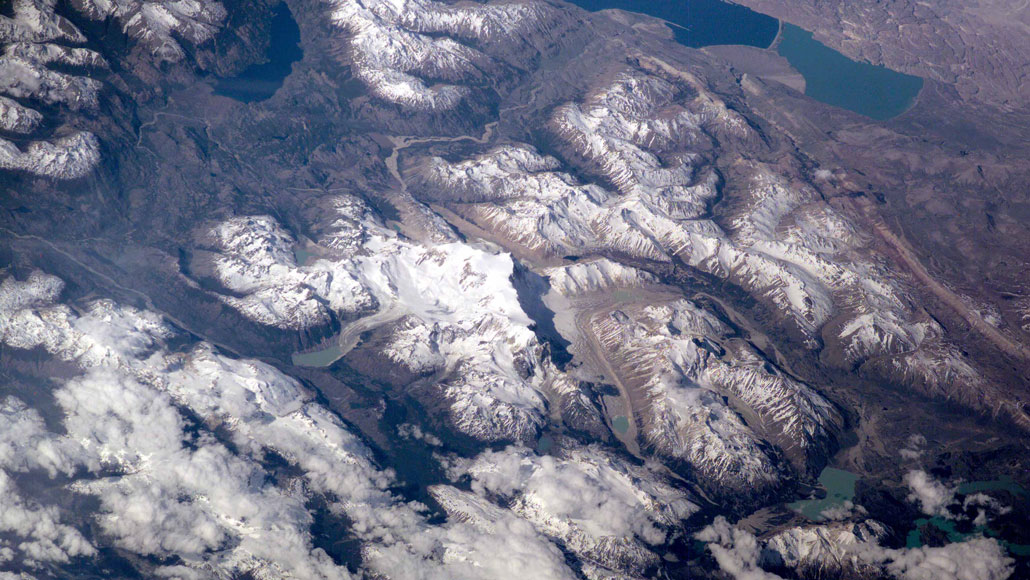aquifer: Rock that can contain or transmit groundwater.
axis: The line about which something rotates. On a wheel, the axis would go straight through the center and stick out on either side. (in mathematics) An axis is a line to the side or bottom of a graph; it is labeled to explain the graph’s meaning and the units of measurement.
climate: The weather conditions that typically exist in one area, in general, or over a long period.
climate change: Long-term, significant change in the climate of Earth. It can happen naturally or in response to human activities, including the burning of fossil fuels and clearing of forests.
colleague: Someone who works with another; a co-worker or team member.
factor: Something that plays a role in a particular condition or event; a contributor.
glacier: A slow-moving river of ice hundreds or thousands of meters deep. Glaciers are found in mountain valleys and also form parts of ice sheets.
groundwater: Water that is held underground in the soil or in pores and crevices in rock.
irrigation: An engineered supply of water to land or crops to help growth.
link: A connection between two people or things.
mass: A number that shows how much an object resists speeding up and slowing down — basically a measure of how much matter that object is made from.
poles: (in Earth science and astronomy) The cold regions of the planet that exist farthest from the equator; the upper and lower ends of the virtual axis around which a celestial object rotates. (in physics and electrical engineering) The ends of a magnet. (in chemistry) two areas of opposite electrical charge, one positive and one negative.
weather: Conditions in the atmosphere at a localized place and a particular time. It is usually described in terms of particular features, such as air pressure, humidity, moisture, any precipitation (rain, snow or ice), temperature and wind speed. Weather constitutes the actual conditions that occur at any time and place. It’s different from climate, which is a description of the conditions that tend to occur in some general region during a particular month or season.








